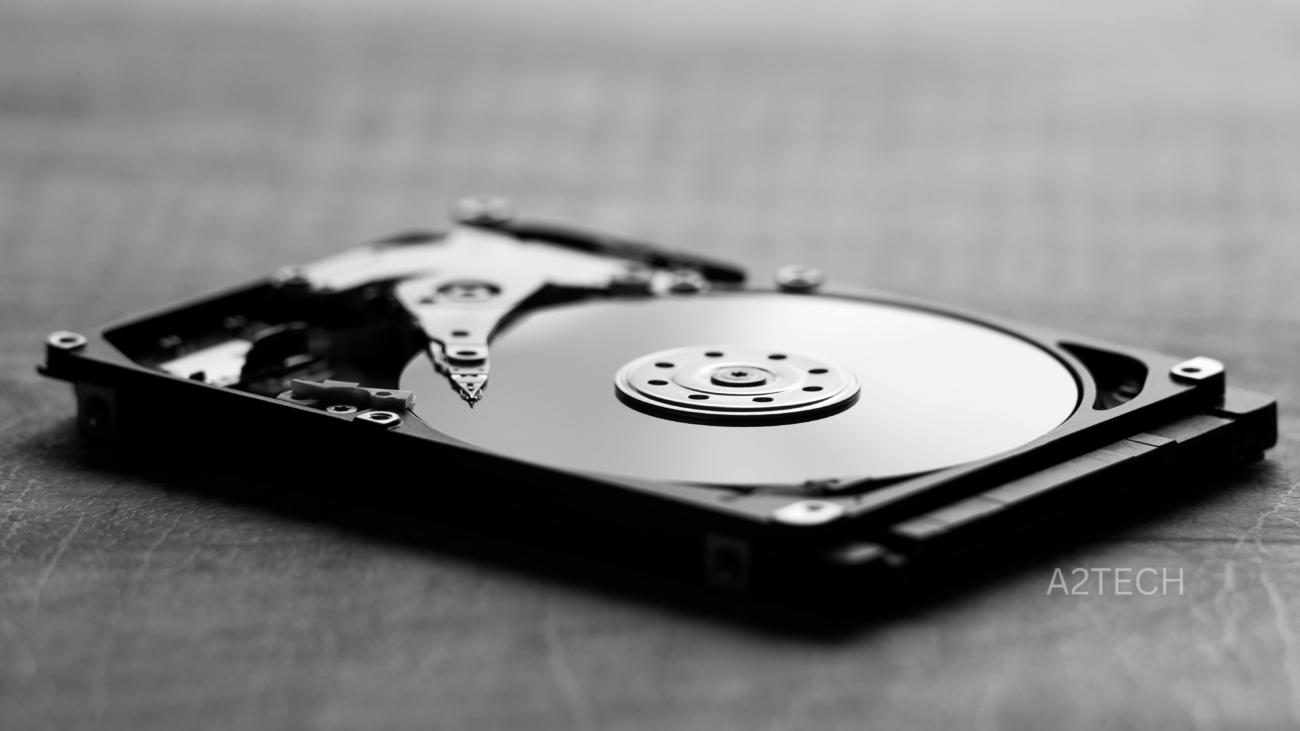Introduction: The Evolution of Gaming Consoles
From the classic arcade days to the high-definition, immersive experiences of today, gaming consoles have been central to the gaming world. In this guide, we’ll explore the top gaming consoles on the market, delve into their unique features, and help you choose the best one for your needs.
1. The Top Gaming Consoles in 2024
- PlayStation 5 (PS5): Known for its powerful hardware and exclusive games, the PS5 offers lightning-fast load times and a stunning graphics experience.
- Xbox Series X|S: With features like Game Pass and backward compatibility, Xbox Series X|S appeals to both casual and hardcore gamers.
- Nintendo Switch: Combining handheld and console gaming, the Switch is loved for its family-friendly games and portability.
- Steam Deck: Valve’s portable PC gaming device allows gamers to bring their Steam library on the go, blending the best of console and PC gaming.
2. Key Features to Look For in a Gaming Console
- Graphics and Performance: Understand terms like 4K, HDR, and refresh rates, and why they matter.
- Game Library and Exclusives: Choose a console that has the games you love, including exclusives like God of War for PS5 and Halo for Xbox.
- Online Services and Subscriptions: Compare PlayStation Plus, Xbox Game Pass, and Nintendo Online.
- Accessories and Controllers: See which extras like VR, custom controllers, and haptic feedback suit your style.
3. Console Gaming vs. PC Gaming: Which One is Right for You?
- Advantages of Consoles: Convenience, cost-effectiveness, and exclusives.
- Advantages of PC Gaming: Upgradable components, high frame rates, and customizable setups.
- Choosing the Right Platform: It’s all about the type of gaming experience you seek.
4. Best Gaming Console Accessories in 2024
- Controllers: Elite controllers, adaptive controllers, and VR handsets.
- Headsets: Enhance your audio with surround sound gaming headsets.
- External Storage: Expand your game library with external SSDs.
- Streaming and Recording Gear: Get setup tips for Twitch, YouTube, and more.
5. Upcoming Trends in Console Gaming
- Cloud Gaming: Services like Xbox Cloud Gaming and PlayStation Now let you play without downloading.
- Augmented Reality (AR) and Virtual Reality (VR): Immersive technologies are redefining how we game.
- AI-Driven Gameplay: How machine learning is creating more responsive, challenging opponents.
Conclusion: Finding the Right Console for You
With so many choices, picking a gaming console depends on your preferred games, budget, and the experience you want. Whether you’re a PlayStation fan, an Xbox devotee, a Nintendo enthusiast, or a PC gamer, there’s a console (or mix of consoles!) out there for you. Happy gaming by A2Tech whatitcloud.com

 Cart is empty
Cart is empty 








